Doug and I have both worked with a lot of great inventors but also with a lot of amazing engineers, technicians, and assemblers who are the ones who make big ideas work in real life. The invention is nothing without the detailed iterations it takes to make it work reliably and vice versa so it’s often difficult to say which one is more important.
Thomas Edison is credited as being one of the most prolific inventors of all time – known for the light bulb, the phonograph, and motion pictures. After a visit to his laboratory in Menlo Park New Jersey, watching “Edison, The Father of Invention”, part of the PBS American Experience series on Prime and reading “The Man who Invented Motion Pictures: A True Tale of Obsession, Murder, and the Movies” by Paul Fischer, what we’ve come to realize is that Thomas Edison’s genius was in improving on existing technology (i.e. doing the hard iterative work that it takes to make it useful to others).
At age 21, Edison, who was working for a telegraph company, improved upon a system that was achieving 120 words per minute to one that could record up to 1,000 words per minute!
This invention(or improvement?) made Edison a wealthy young man and his early success drove him to try and top it! He started with a small lab and then built a larger one with plenty of staff in Menlo Park NJ.
British inventors had demonstrated that electric light was possible with the arc lamp and by 1835, the first constant electric light was demonstrated. Edison patented the light bulb nearly 40 years later. His team’s contribution was improving the filament through trial and error of different materials until they found one that lasted 14.5 hours, followed by one that lasted even longer, and working on the infrastructure to use it in homes.
Edison says he came up with the idea for the phonograph (the pre-cursor to the record player) while working on a telephone transmitter and announced that he’d recorded sound in 1877! However, Edouard-Leon Scott de Martinville first recorded sound in the 1850s, but Edison never mentioned the contributions of Scott when marketing his device.
Similarly, Louis Le Prince invented the motion-picture. He then went missing just before Thomas Edison revised his patent to look just like Le Prince’s and brought motion pictures to the world.
In all, Edison filed 1,093 US patents and the visit to Menlo Park discusses the wide range of them! Including talking dolls, homes made of single-pour concrete, waffle irons, and sandwich grills.
There’s also information on John Ott, Menlo Park’s superintendent of machines and one of Edison’s closest friends who died the day after Edison. William Kennedy Laurie Dickson who developed moving pictures with synchronized sound but couldn’t get Edison to move on it so left Menlo Park – a great betrayal according to Edison – and Clarence M. Dally who died before the age of 40 from metastatic skin cancer after working with Edison on X-ray technology and fluoroscopy. Plus, the actual equipment used in the Menlo Park facility is displayed throughout the facility in the faithfully restored labs and shops.
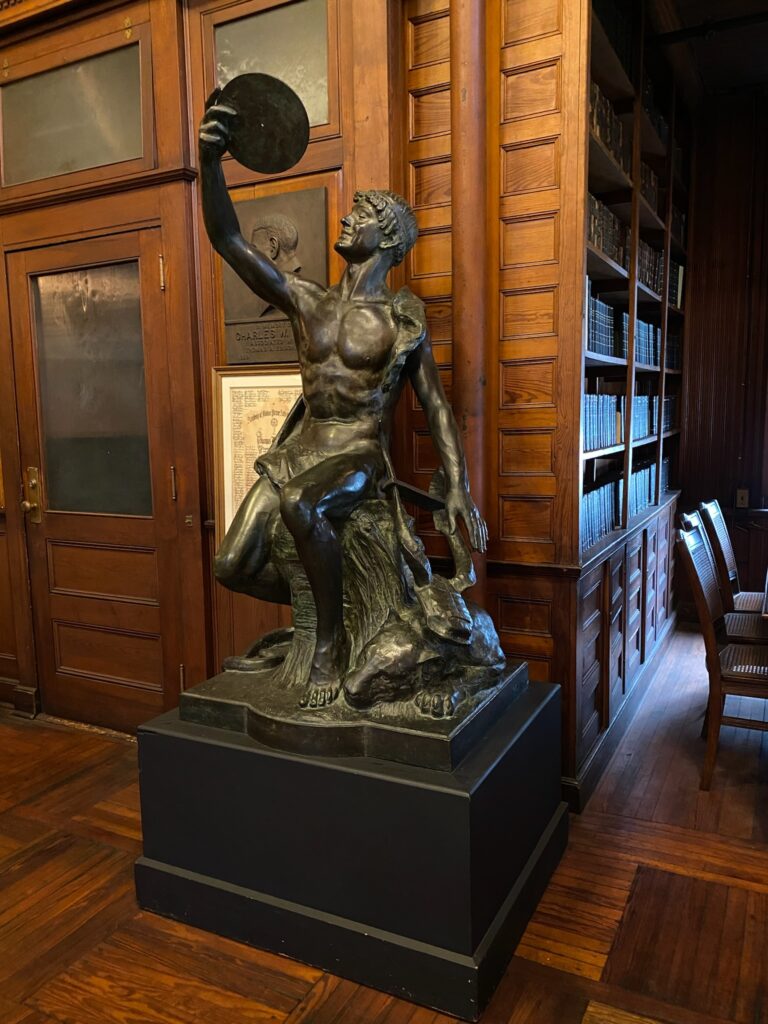
Edison Library 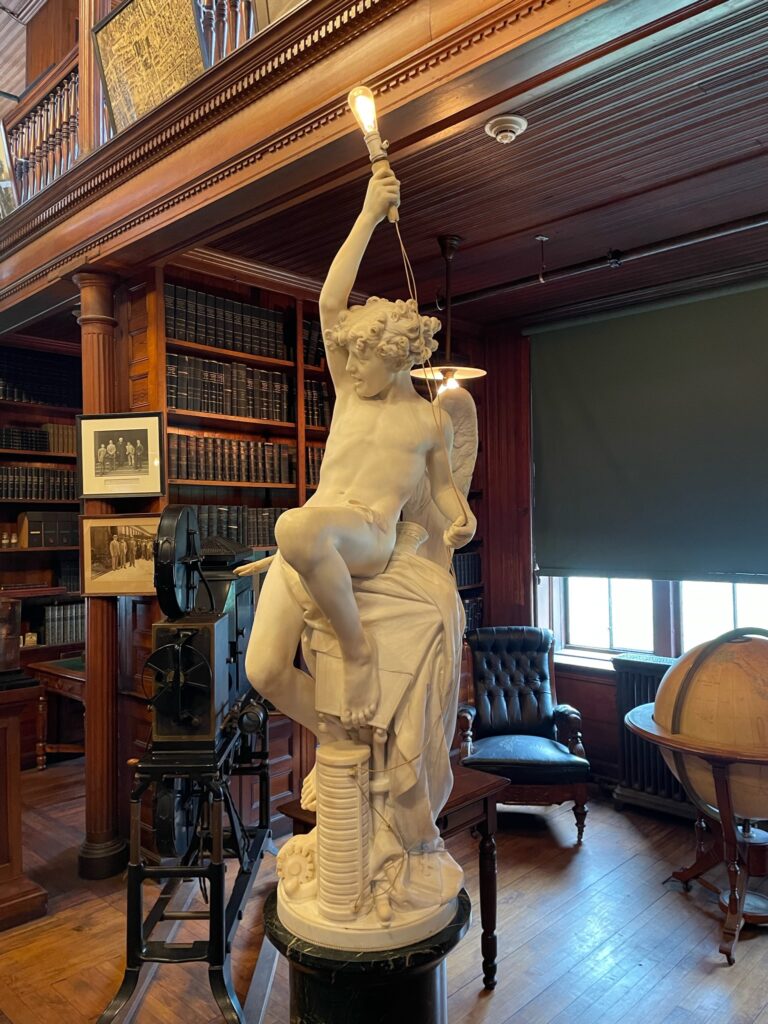
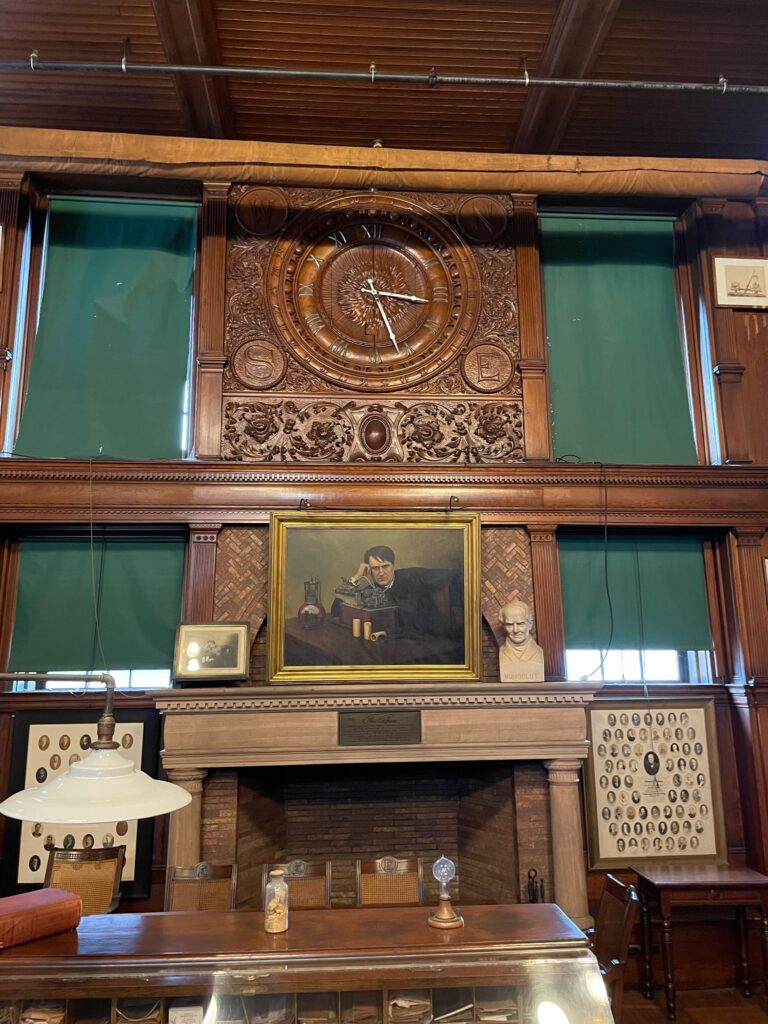
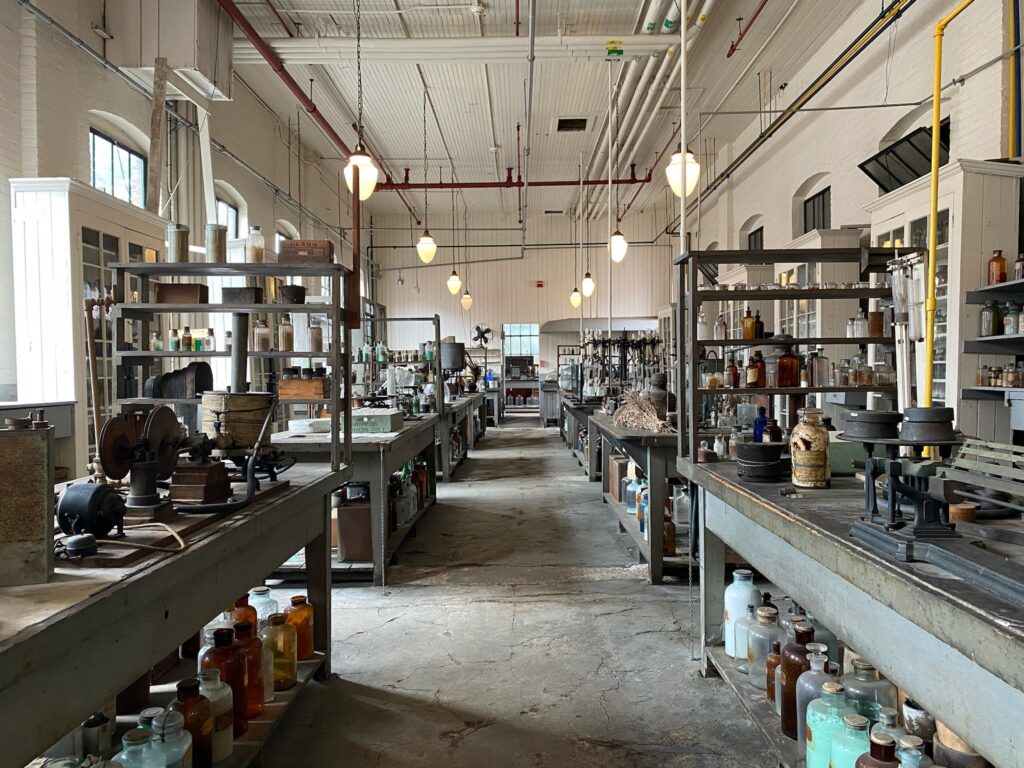
Chem Lab 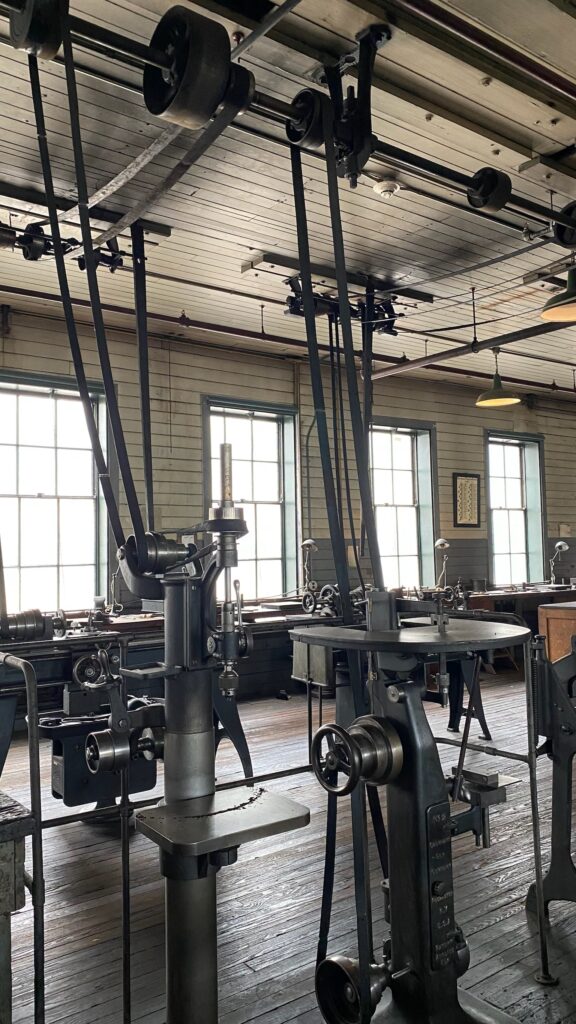
Machine Shop
A replica of the “Black Maria” is on site. This was the rotating all black structure that Edison and his team used to film the first motion pictures. Some information about his personal life is also presented and his home and gravesite are not far away.
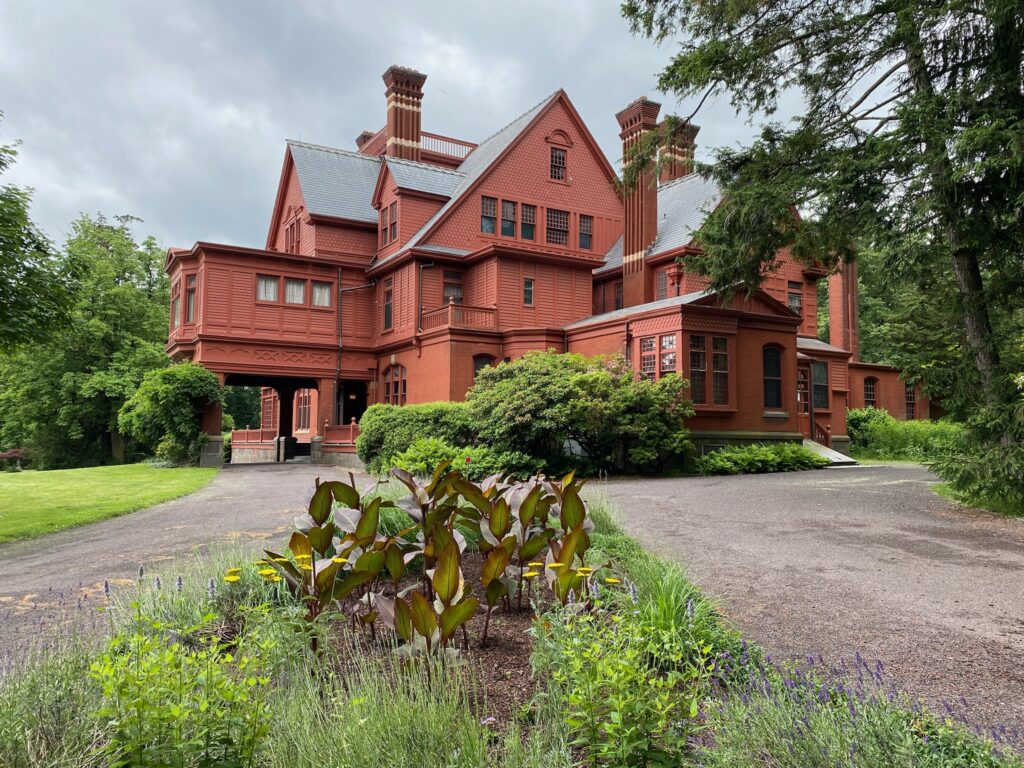
Edison’s Home 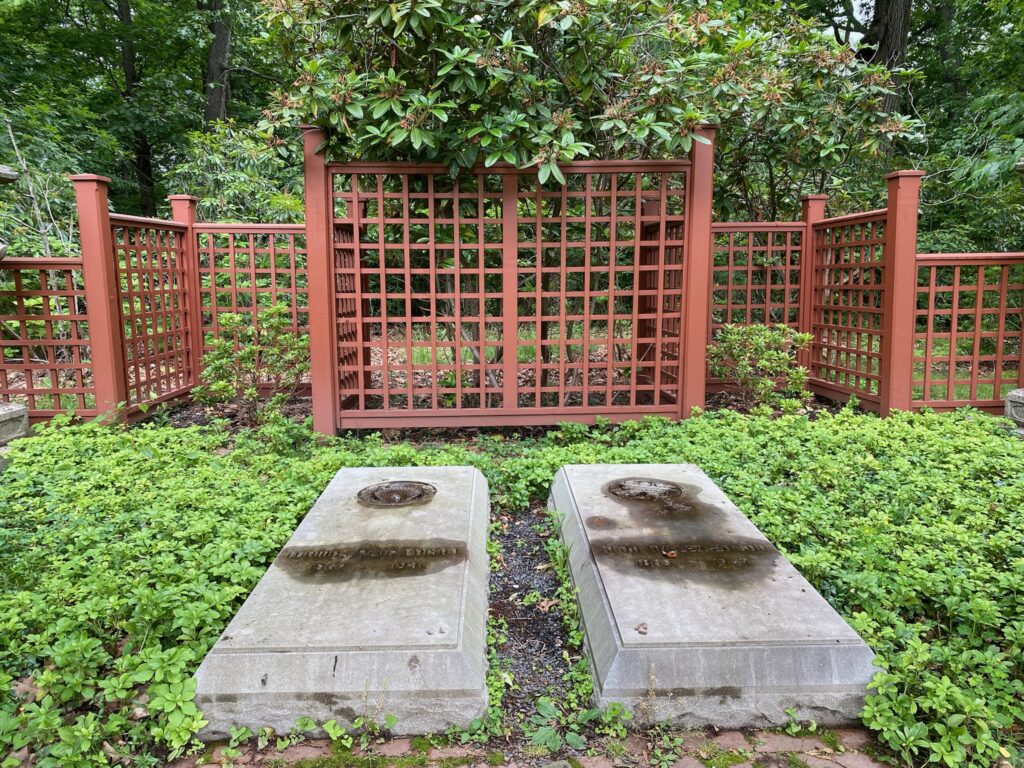
Gravesite
Some say Edison is the greatest inventor of all time. Some say he was simply the hardest worker. Some say he was a scoundrel who with all his wealth and resources, stole ideas from others and claimed them as his own. Like many things, the truth likely lies somewhere in the middle. He was certainly unethical, but also intelligent, hard-working, and deserving of accolades for the contributions he and his team made to the modern technological world.
Edison’s been hailed as “the Wizard of Menlo Park”, but much like the Wizard of Oz, once you’ve seen what’s behind the curtain, it is difficult to unsee it!

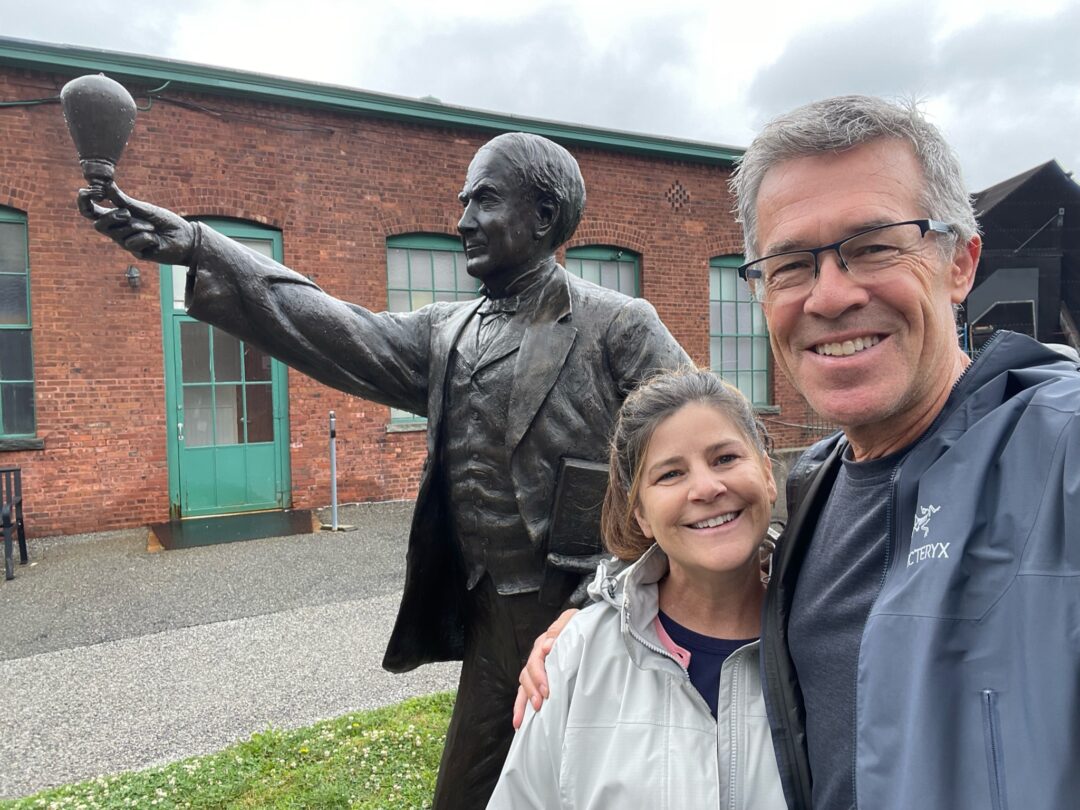
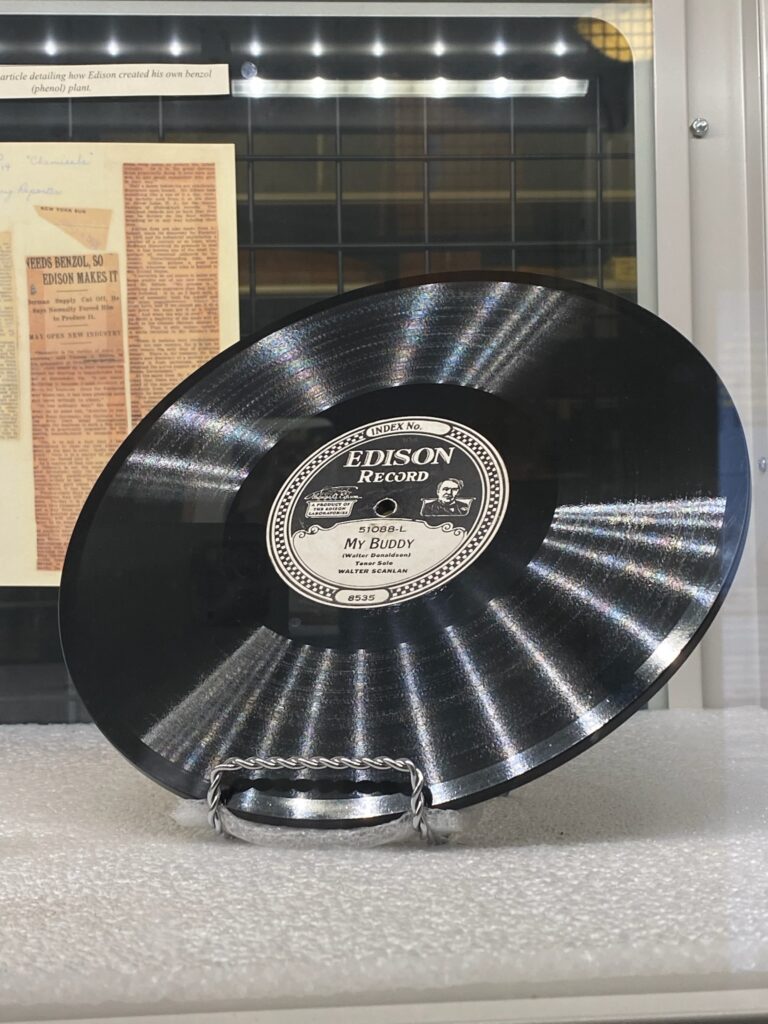
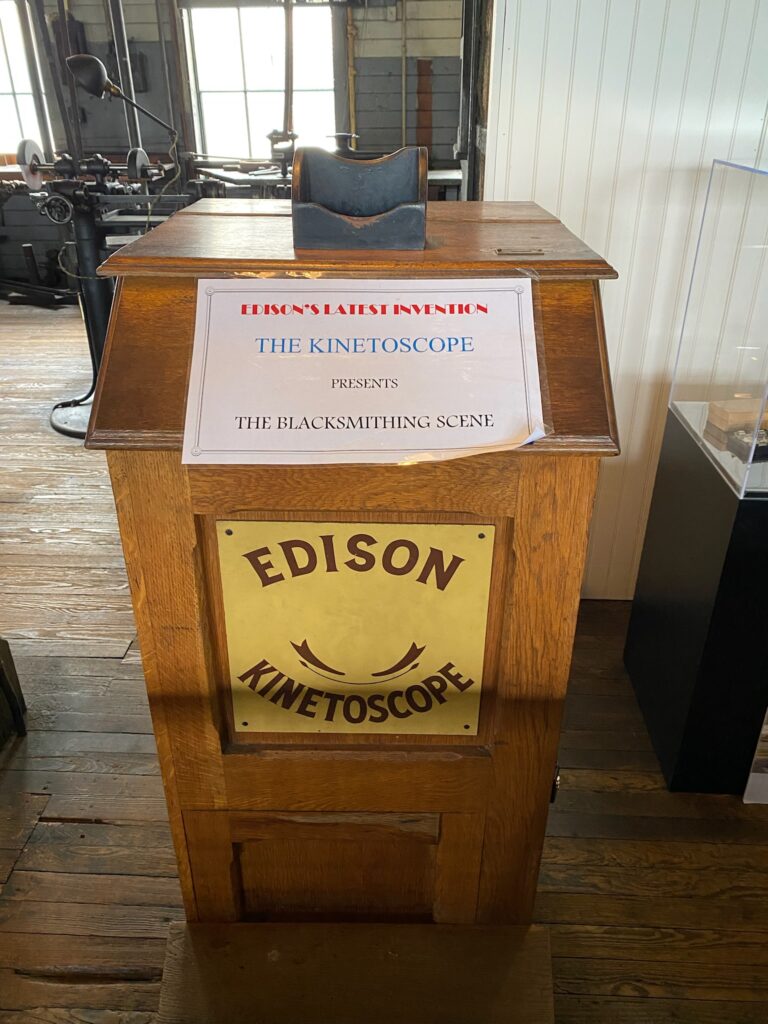
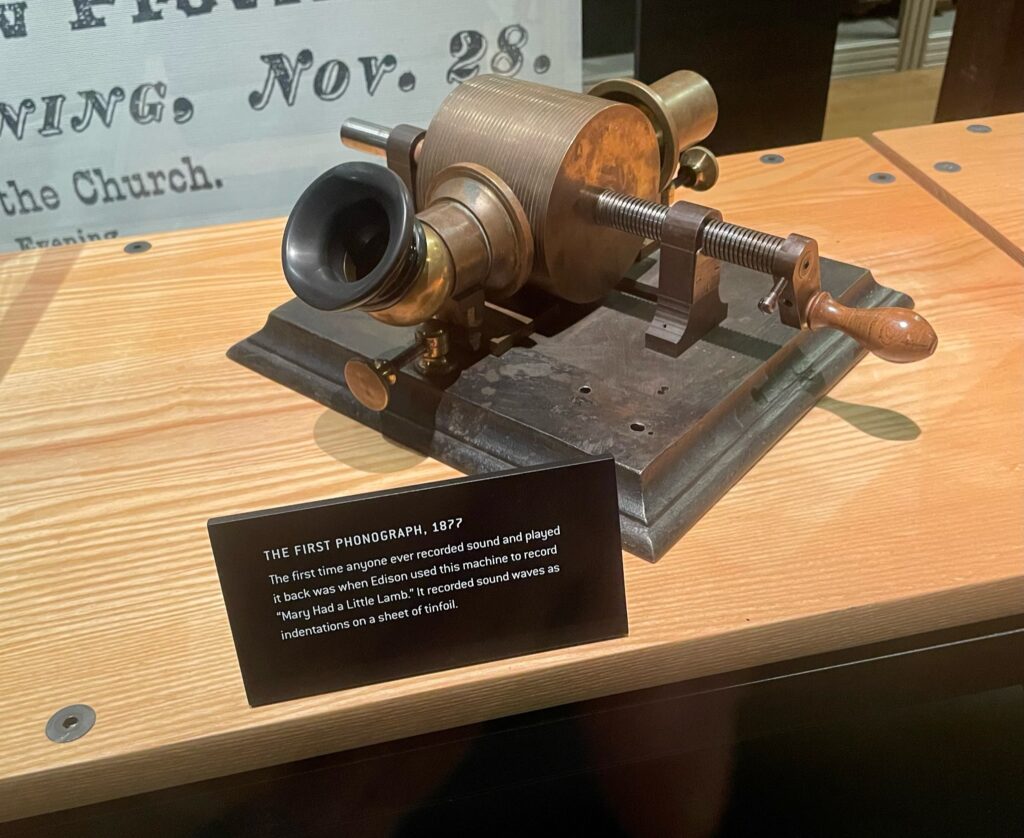
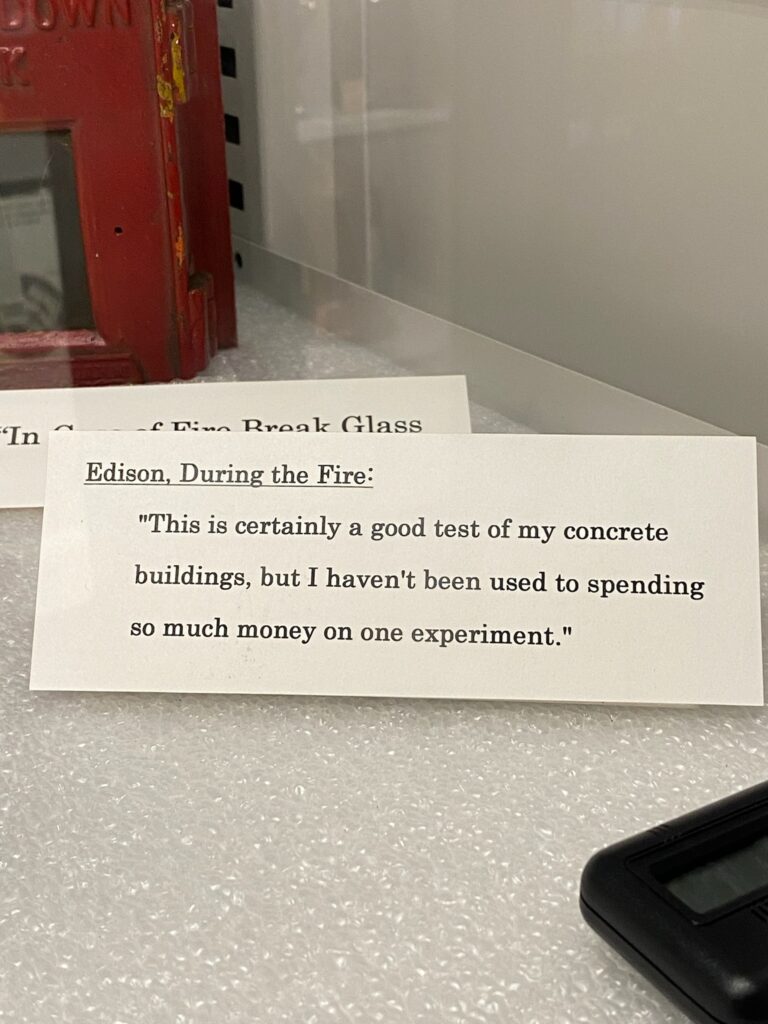
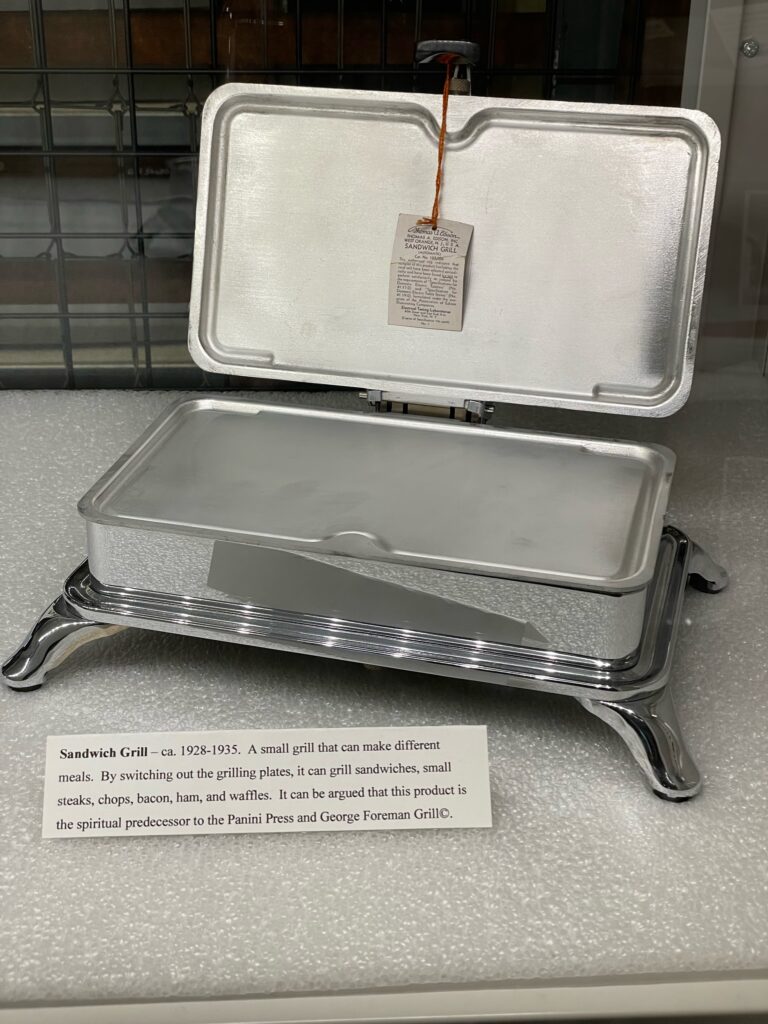
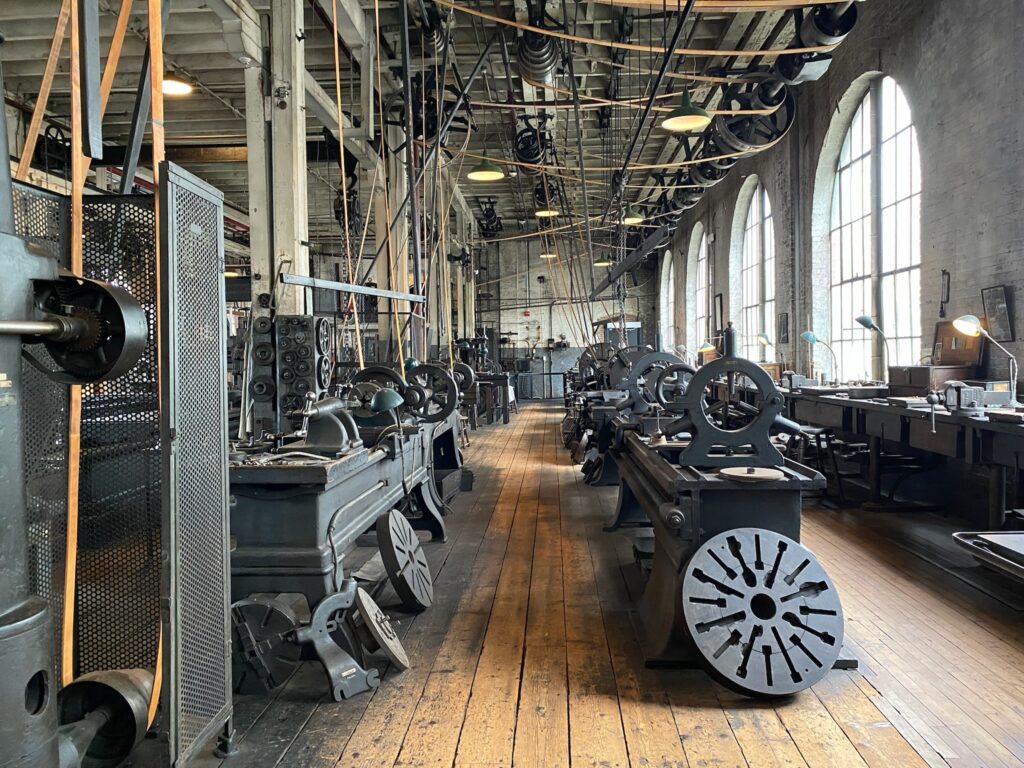
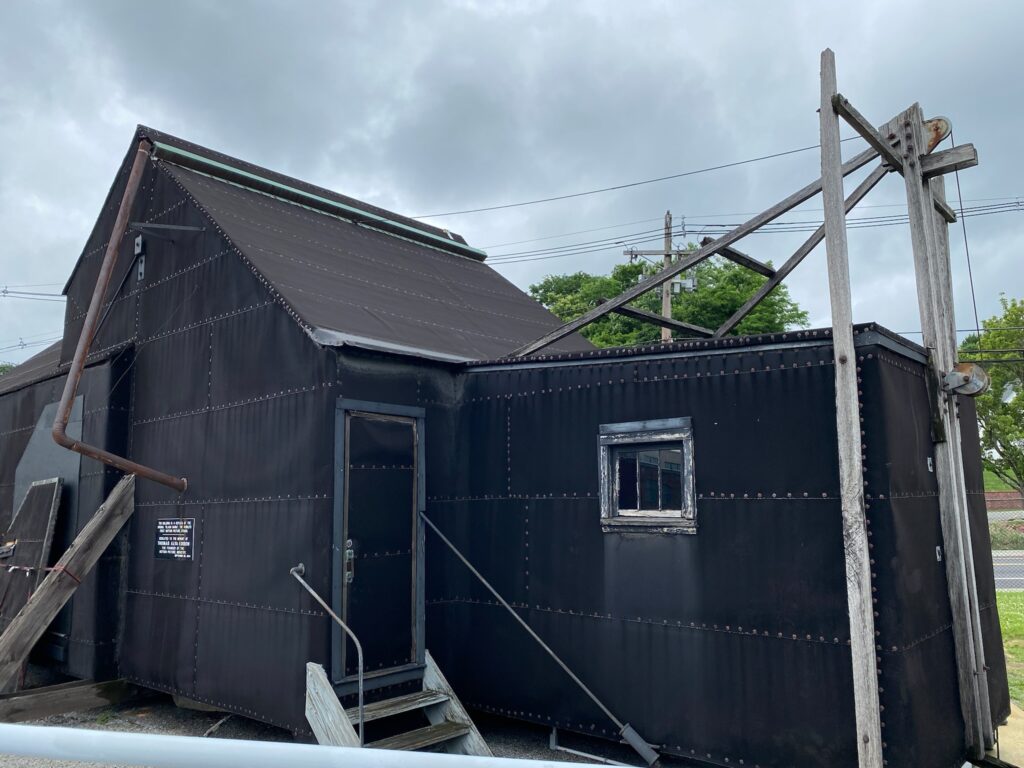



















 Did you know that the oldest and largest aviati
Did you know that the oldest and largest aviati



